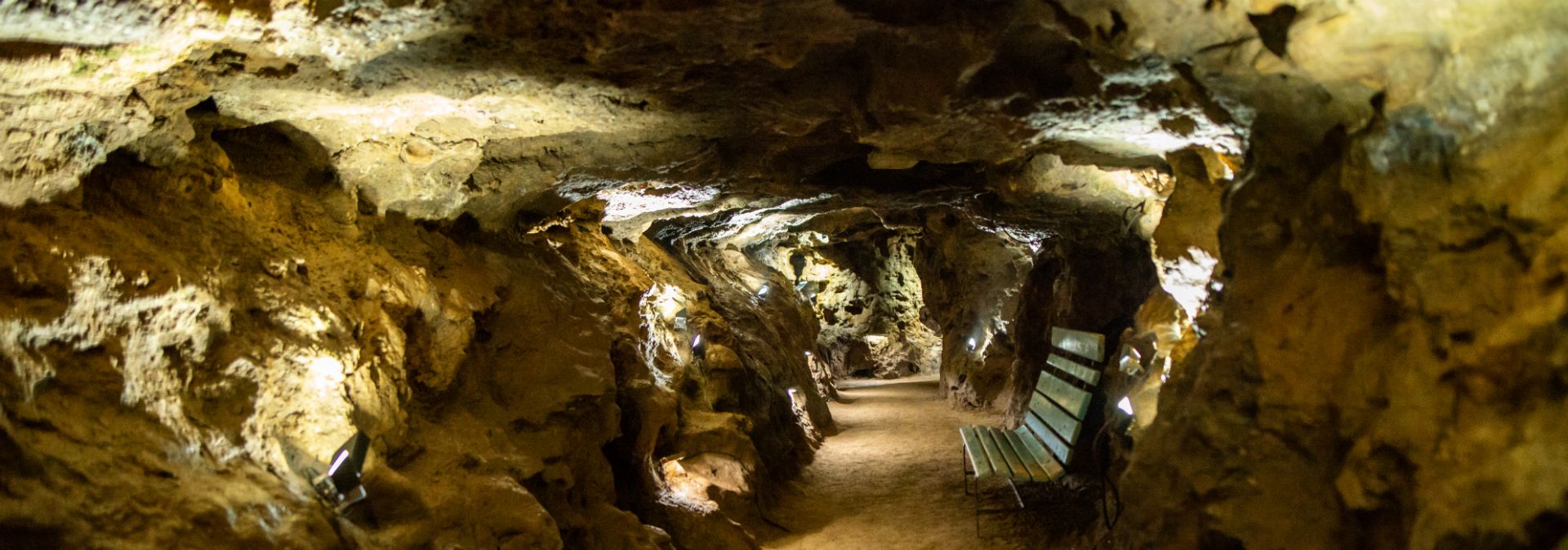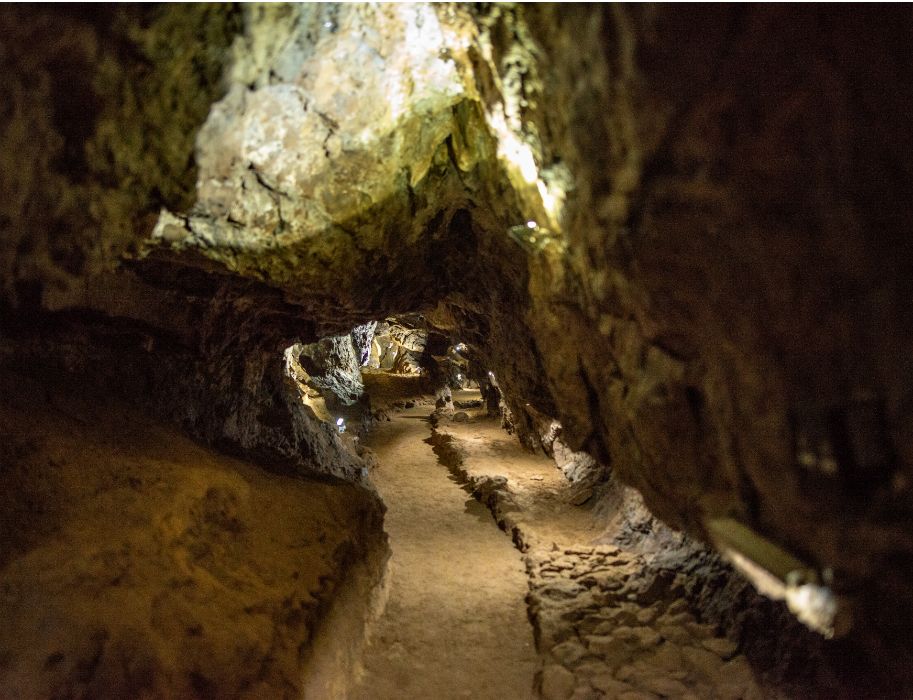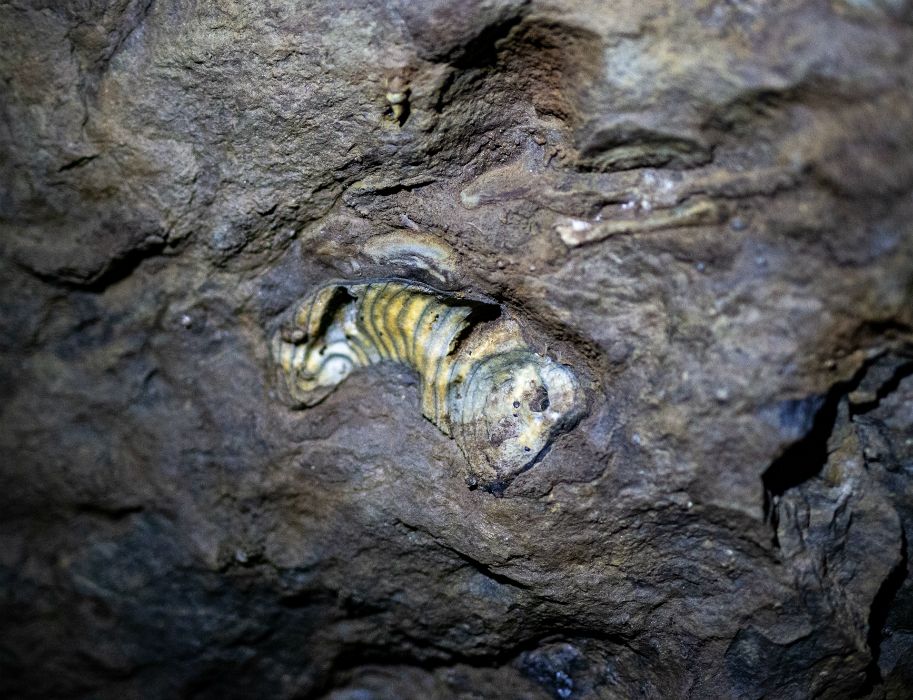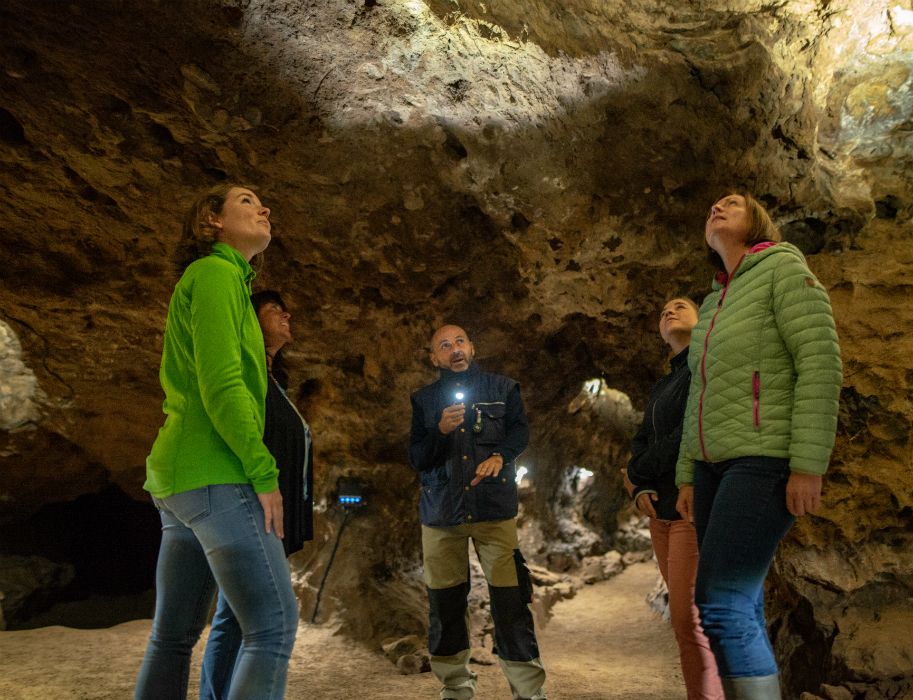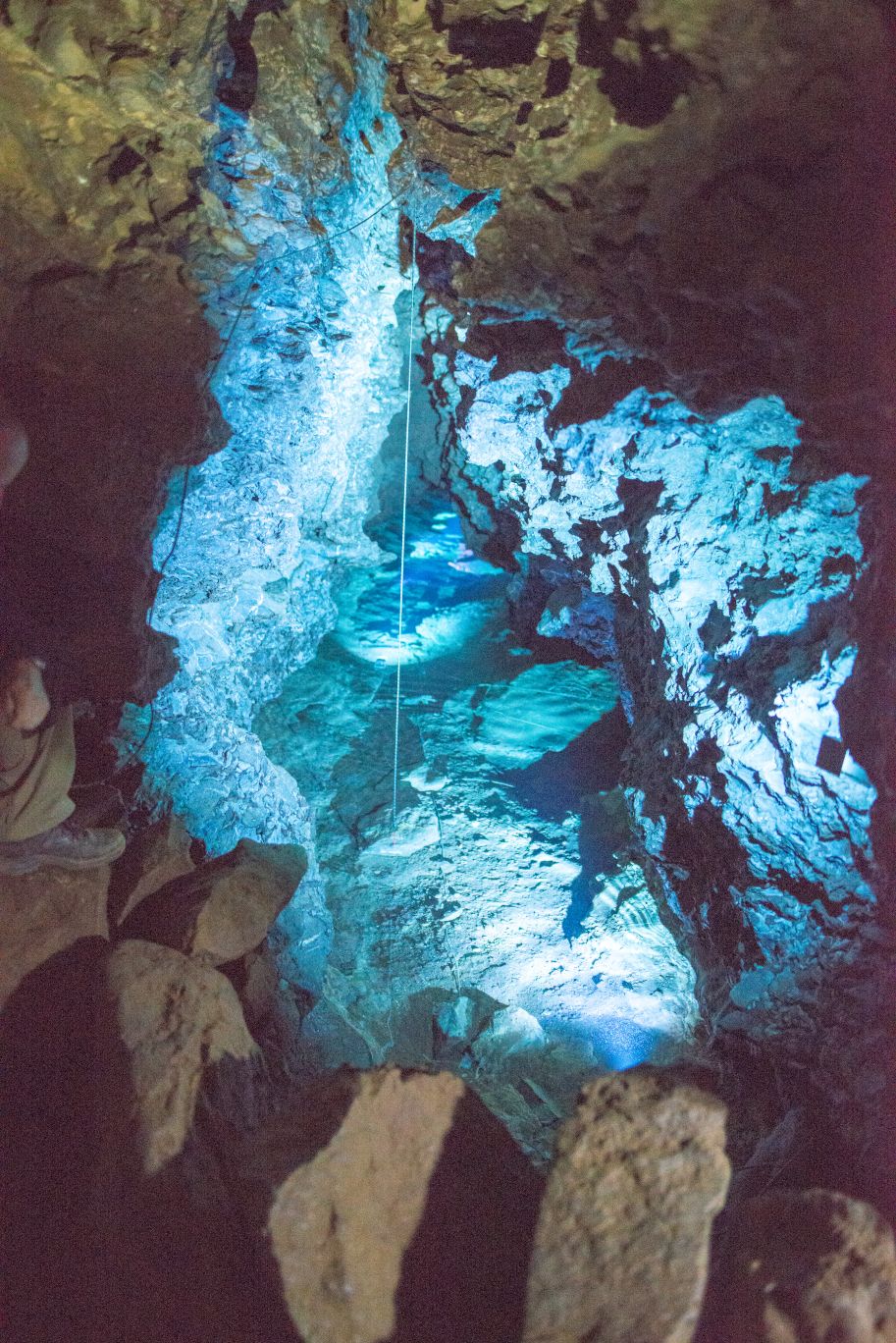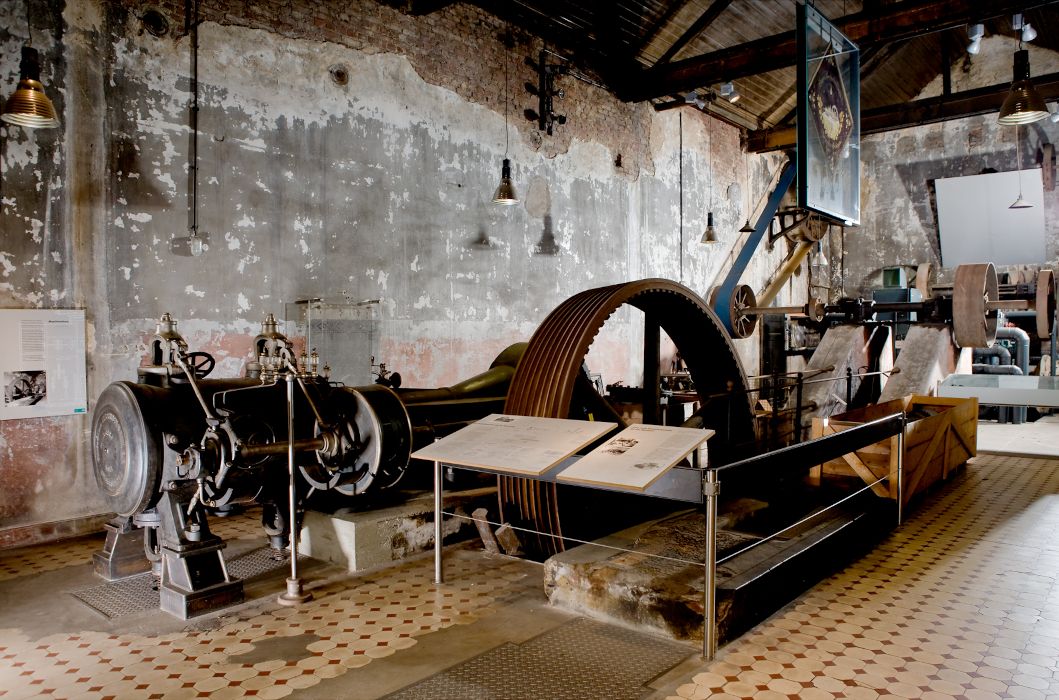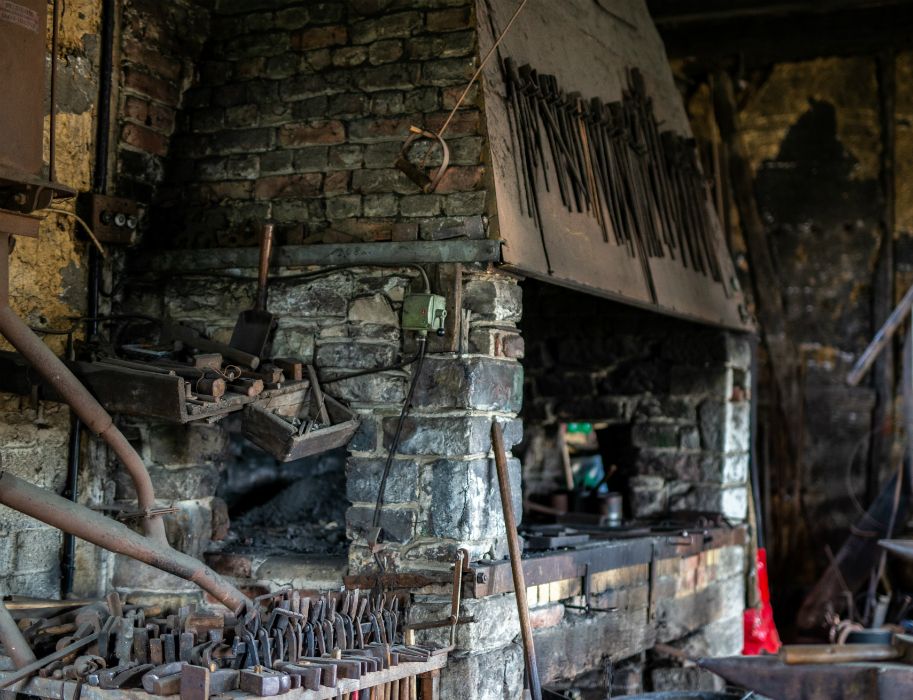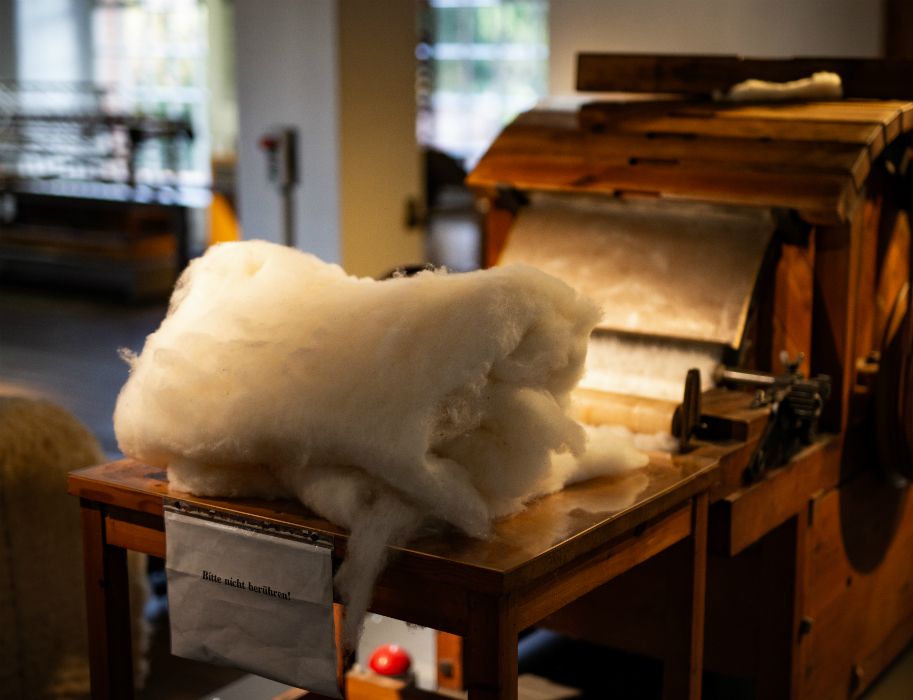Speleology meets medicine: the Kluterthöhle cave in Ennepetal not only offers an impressive natural spectacle of underground lakes, mysterious passages and fossilized creatures. Since 1954, it has also been able to call itself a "climate cave" due to its outstanding therapeutic effects and is also a regular venue for extraordinary cultural events. But let's start at the beginning.
It happened a good 385 million years ago. The land was still covered by a tropical sea. But at some point, the water level dropped and the seabed formed a huge mountain range. Cracks and fissures formed, the limestone dissolved and the Kluterthöhle cave was created - one of the best-preserved (fossilized) coral reefs in Europe. This is one of the reasons why the cave system in Ennepetal has been designated the second National Natural Monument in NRW after the Bruchhauser Steinen in the Sauerland Rothaargebirge Nature Park.
Rare wealth of fossils
Cleaned of the dust of centuries, modern LED lighting bathes the underground lakes and fossilized creatures such as sponges, shells and corals in a mysterious light. Visitors can immerse themselves in this bizarre cave with 380 corridors and a wealth of fossils that is rare in Europe on various themed tours. On the "Fossil Journey", for example, they walk over formerly buried streams, meet the ancestor of the living fossil "Nautilus" (pearl boat) and experience a light show with background music.
